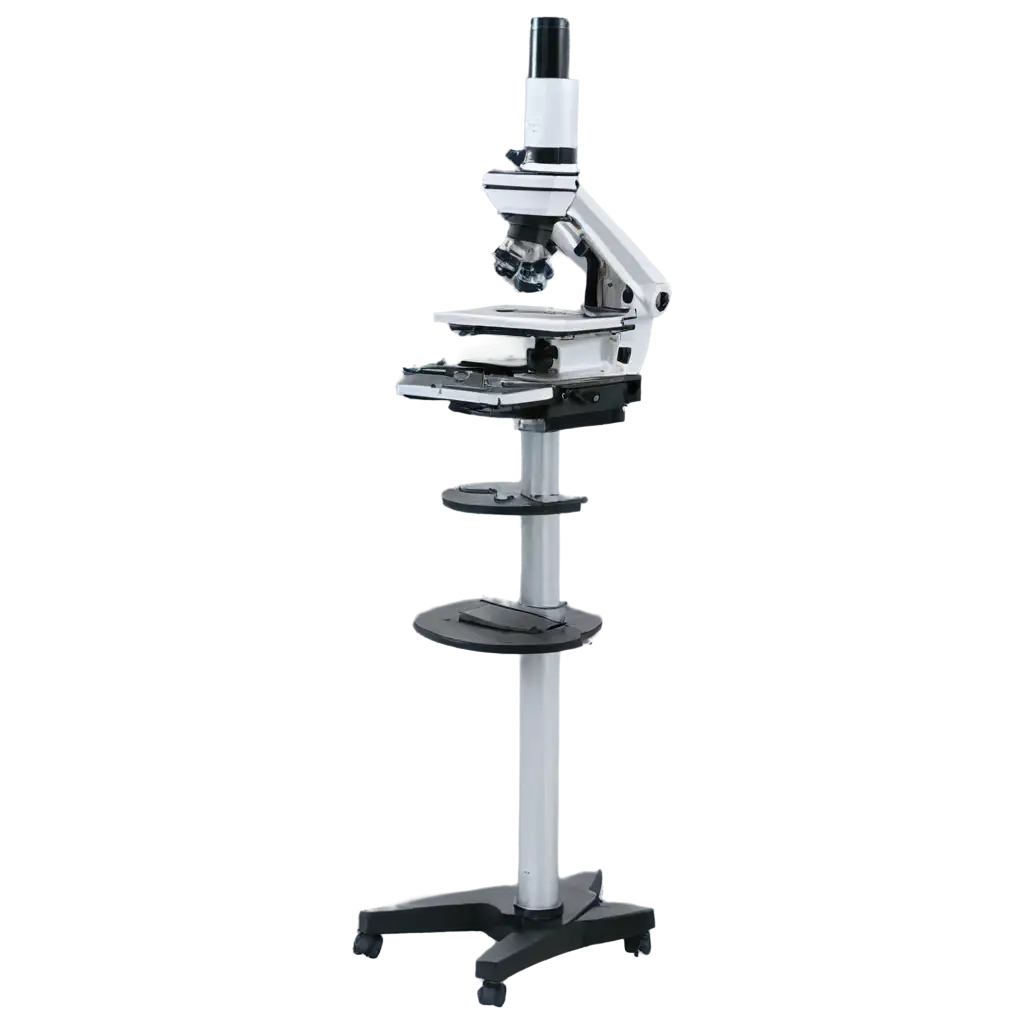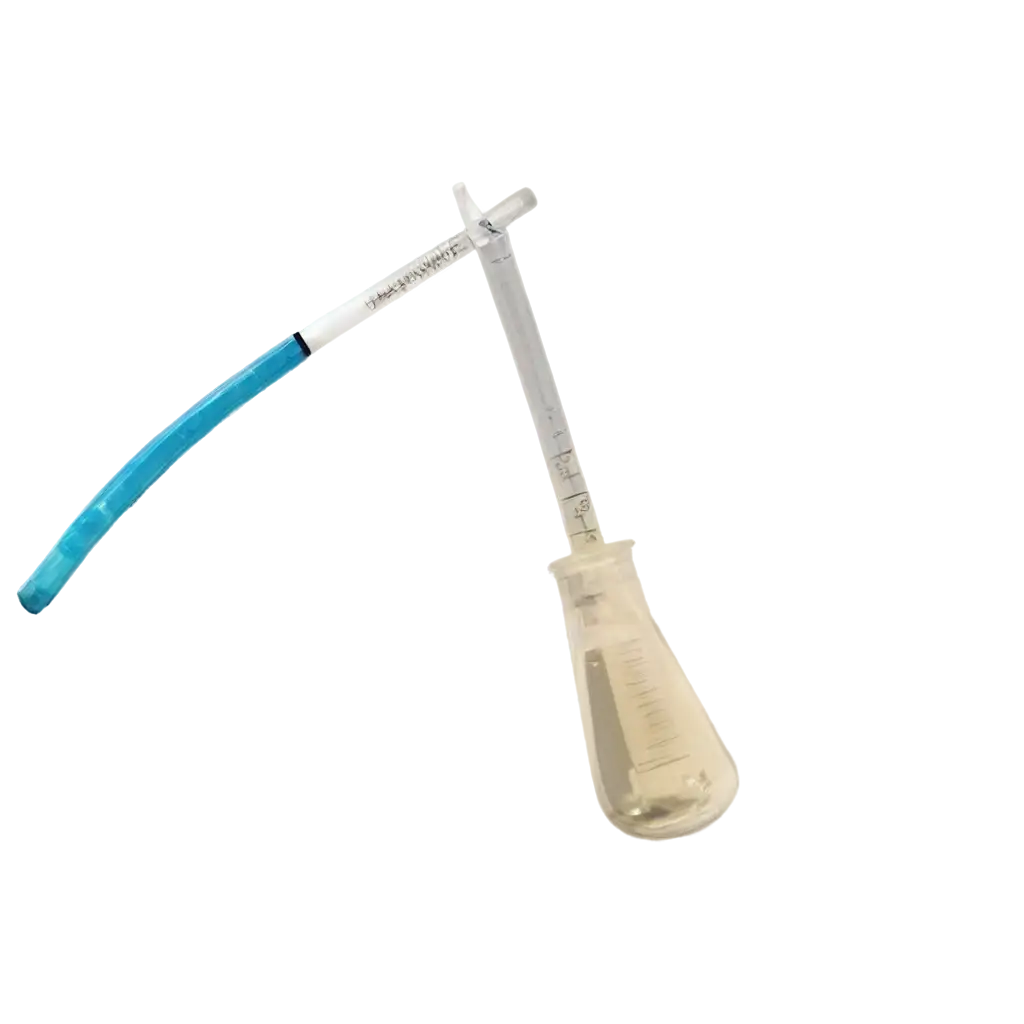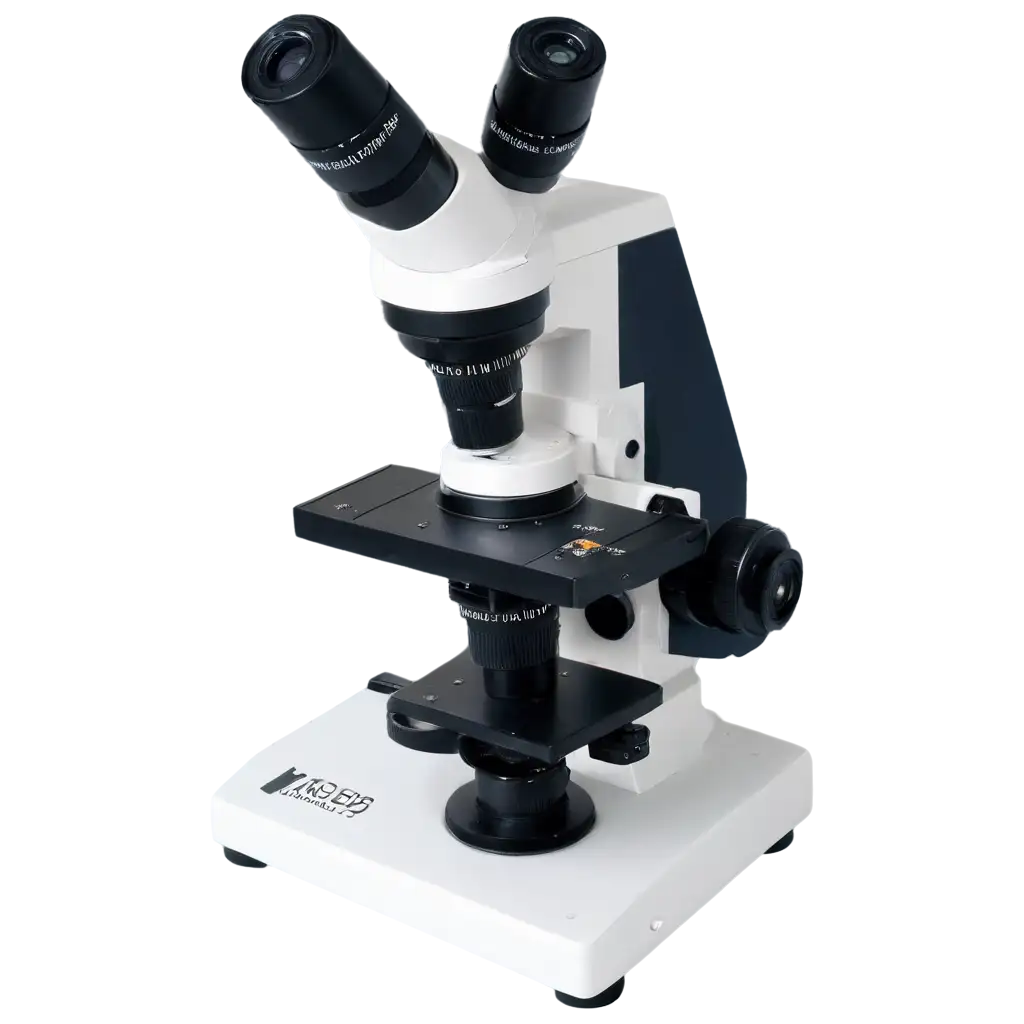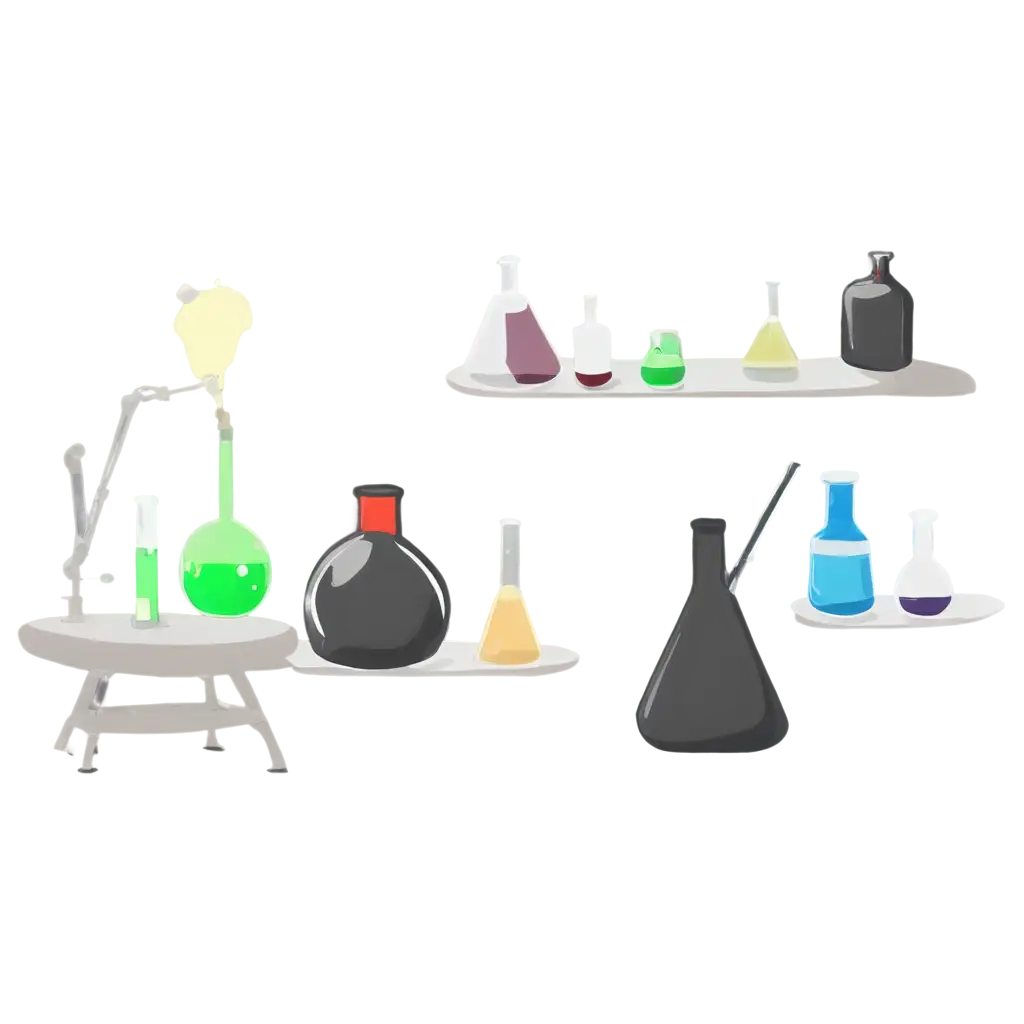8 Free Laboratory Tools transparent PNG images
Discover our comprehensive Laboratory Tools image collection, featuring 8 free AI-generated images that capture the essence of scientific equipment and research environments. Browse through our diverse selection of stock photos, 3D objects, vectors, and illustrations depicting everything from microscopes to test tubes. Each high-resolution image is available for immediate download, and our innovative 'open in editor' feature allows you to customize the prompt to regenerate variations that perfectly match your scientific visualization needs.








Related Tags
Laboratory tools encompass a wide range of scientific instruments and equipment essential for research, analysis, and experimentation. Traditional tools like microscopes, beakers, and pipettes form the foundation of laboratory work, while modern innovations include automated sample processors and digital measurement devices. These tools are categorized based on their functions: measurement instruments (analytical balances, spectrophotometers), sample preparation equipment (centrifuges, mixing devices), analysis tools (chromatographs, microscopes), and safety equipment (fume hoods, protective gear). The evolution of these tools reflects the advancing precision and automation in scientific research, with many traditional manual instruments now having digital counterparts.
Essential Laboratory Tools: From Classic Equipment to Modern Innovations
Laboratory tools play crucial roles across various scientific disciplines, from medical research to industrial quality control. In clinical laboratories, diagnostic equipment enables disease detection and monitoring. Environmental science labs use specialized tools for analyzing soil, water, and air samples. In pharmaceutical research, precision instruments facilitate drug development and testing. The impact extends beyond traditional sciences into forensics, food safety, and materials engineering. Modern laboratory tools have revolutionized research capabilities through increased accuracy, reduced human error, and enhanced data collection. The integration of digital technologies and AI has further expanded their capabilities, enabling real-time analysis and remote monitoring of experiments.
Applications and Impact of Laboratory Equipment in Modern Science
Generating compelling laboratory tool imagery requires attention to scientific accuracy and technical detail. Key considerations include proper scale representation, accurate instrument configurations, and realistic material rendering. Effective visualizations often incorporate contextual elements such as graduated measurements, calibration marks, and standard laboratory settings. For educational purposes, cross-sectional views and exploded diagrams help illustrate internal components and operational principles. Color schemes typically follow laboratory conventions: glass appears transparent or with subtle blue tints, metal surfaces show appropriate reflectivity, and safety equipment features standard warning colors. Lighting should highlight important features while maintaining scientific accuracy.
Creating Effective Laboratory Tool Visualizations
The future of laboratory tools is being shaped by emerging technologies and changing research needs. Miniaturization trends are leading to more compact, portable instruments without sacrificing functionality. Integration of Internet of Things (IoT) capabilities enables remote monitoring and control of laboratory equipment. Sustainable design principles are influencing material choices and energy efficiency in new equipment. Artificial intelligence and machine learning are being incorporated into analytical instruments, enhancing their ability to process and interpret data. Virtual and augmented reality interfaces are becoming more common in laboratory equipment, particularly for training and complex procedure visualization. These advances point toward more connected, automated, and user-friendly laboratory environments.
Future Trends in Laboratory Equipment Design